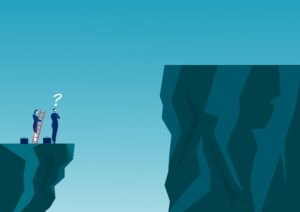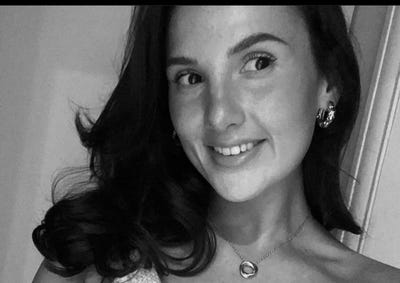
BioProcess Insider spoke with Michael Kelly, CureDuchenne’s chief scientific officer, to discuss gaps in the gene therapy space and the strategy the firm is adopting to try and fill them.
Before joining CureDuchenne, Kelly served in various roles. This includes his position as president and US site head of Renovis, as well as holding senior positions at Amgen, Wyeth (Pfizer), and Wellcome (GlaxoSmithKline).

Image: Stock Photo Secrets
BioProcess Insider (BI): What are the gaps in the gene therapy space?
Mike Kelly (MK): Some of the obvious adeno-associated virus (AAV)-related gaps in gene therapy associated with treatments for Duchenne muscular dystrophy include the durability of the therapeutic response.
BI: Has a response time been established?
MK: At this time, the long-term risk/benefit profile has not been fully established. In addition, the inflammatory and immune response associated with pre-existing AAV-neutralizing antibodies (nAb’s) and to newly introduced, novel and foreign genes is a focus of intense research.
BI: What affect do the gaps in the CGT space have?
MK: Many gaps exist in AAV-delivered gene therapy, a significant one is the production costs associated with creating the drug product. These are expensive drugs to manufacture and could be expected to cost more than a million dollars per dose. A significant percentage of patients will not be treated because of previous existing nAb’s, their specific genetic mutation or the cost of treatment. There are currently no options to re-dose patients previously treated with an AAV.
BI: Are there other complications with using AAV?
MK: Dosing an AAV is currently limited to a “one-and-done” regimen, with no ability to re-dose. AAV also has packaging constraints, with limited cargo carrying capacity for larger genes. The tropism for specific tissues, (for example, muscle), needs to be improved. Finally, there are manufacturing, and cost challenges associated with producing an AAV-based drug for more than 10,000 patients.
BI: What is CureDuchenne doing to bridge the gaps?
MK: We are at the leading edge of what science can do and asking the right questions to get around these gaps. Production of new/novel capsids to improve tissue tropism, reduce dose, and allow for re-dosing is an active area of research. At this time, there are various non-viral approaches to gene therapy that are being investigated with some applications showing early promise.
BI: How do you identify and support non-viral delivery methods?
MK: Our approach to identify and support non-viral delivery methods is to recognize gaps and limitations within the development pipeline and actively search and fund novel R&D opportunities to specifically address them. We have accomplished a lot – CureDuchenne has funded early stage and next generation science from 24 companies, funded 16 projects that have progressed to human clinical trials, and contributed early funding to the first FDA-approved Duchenne drug. Research is progressing, but we still have work to do.
BI: In 2021, CureDuchenne funded Code Biotherapeutics’ 3DNA gene therapy platform, can you explain how the platform works?
MK: Code Bio’s unique non-viral delivery technology has been specifically designed to overcome many of the gene therapy challenges outlined above, such as delivery of larger gene transcripts, ability to re-dose and reduce immunogenicity.
BI: What makes this platform a “game changer”?
MK: If successful, it has the potential to alter the way we think about gene therapy in general.
BI: Are there other platforms that can enable re-dosing?
MK: [Chameleon’s] Evader technology is designed to mask an AAV from immune surveillance and thus potentially treat patients with pre-existing nAb’s and make redosing possible.
BI: What does this technology do for the industry?
MK: If these technologies are successful, they would directly address the “one-dose” limit, potentially treating a greater number of patients than with current AAV-based gene therapy approaches. We are in a very exciting time and far from where we were with gene therapy ten years ago.
BI: And where do you see the gene therapy space in 10 years?
MK: Our expectation is that there will be multiple solutions to alleviate the gaps in gene therapy within the next 10 years. We anticipate new and improved viruses with enhanced tissue tropism and a superior safety profile. I expect new non-viral gene delivery methods will make a significant impact to therapy during this time to address current challenges associated with re-dosing and nAb’s.
About the Author
You May Also Like





